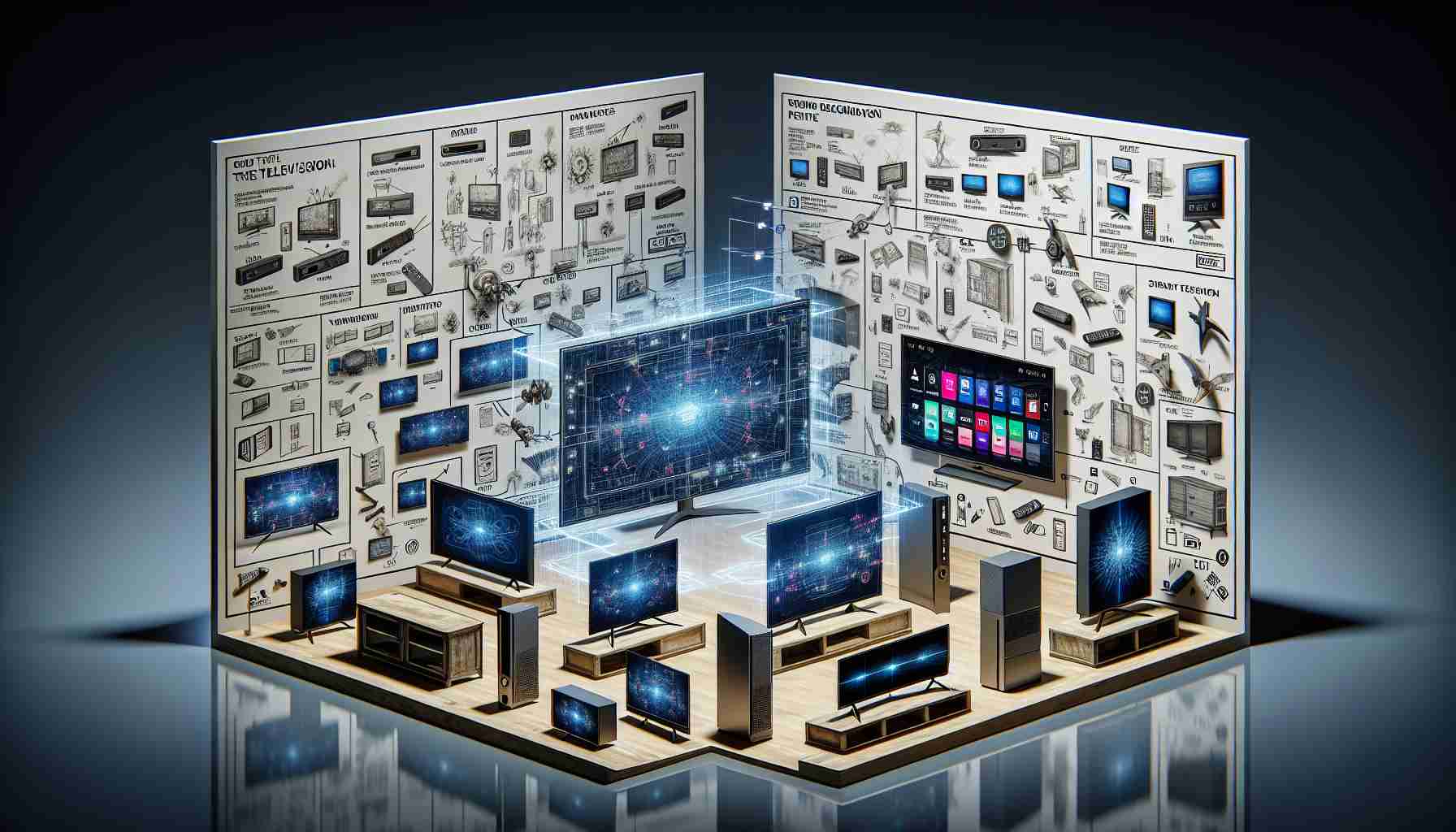Discover the key considerations for purchasing a Samsung TV in 2024, ranging from screen sizes and resolutions to advanced panel technologies.
Choosing Your Ideal Samsung TV
Making a decision on the right Samsung TV for your space involves assessing multiple factors such as screen size and its compatibility with your room. For instance, a 55-inch model is well-suited for viewing distances between 6 and 9 feet. However, a larger 65-inch screen may be more appropriate for living spaces where the couch is positioned 7 to 10 feet away from the TV.
Resolution is another impactful consideration when selecting a television. The higher the resolution, the more refined and immersive your visual experience. Additionally, Samsung’s selection includes both QLED and OLED TVs, each offering distinct advantages. QLEDs shine with their vibrant colors and heightened brightness, while OLEDs excel in providing deep blacks and wide-viewing angles, alongside a whisper-thin design.
Essential Features for an Enhanced Experience
High Dynamic Range (HDR) technology is a critical component for a richer viewing experience, offering improved contrast and a wide color spectrum. Don’t overlook the importance of factors such as gaming capabilities, seamless connectivity, aesthetic appeal, and sonic quality—which all contribute to your overall entertainment enjoyment. Setting a budget can also streamline the selection process, helping you identify TVs within your financial range while still delivering on your desired features.
Flagship Samsung TV Models of 2024
For those seeking the pinnacle of innovation, the Samsung QE65S95D model stands out with its pioneering QD-OLED technology. Gamers might lean towards the Samsung QN65QN95C, which is engineered with gamers in mind, offering advanced features like high refresh rates and gaming-optimized picture settings.
In the OLED range, models S90C and S95C present a lavish viewing experience with remarkable color and brightness. The S90D and S90DD options intensify these attributes further, albeit at a steeper price point.
For the Budget-Conscious Viewer
The CU8000 series remains accessible for those mindful of their wallets while still delivering a robust viewing experience. This series provides a wide array of size options, ensuring that even budget TVs can accommodate diverse spaces and preferences.
Samsung’s 2024 TV lineup caters to all—from the luxury-seeker to the bargain hunter—ensuring that regardless of budget or preferences, everyone can find a Samsung TV that matches their needs. Whether you’re drawn to the bright rooms-friendly QLED or the angle-versatile OLED, there’s a Samsung TV waiting to transform your viewing habits into an extraordinary experience.
Understanding TV Technologies and Features
Before purchasing a television, consumers should familiarize themselves with terms such as QLED and OLED. QLED, or Quantum Dot Light-Emitting Diode, uses quantum dots in conjunction with an LED backlight to produce bright and vivid images. OLED, or Organic Light-Emitting Diode, incorporates a carbon-based film between two conductors that emits its own light when an electric current is applied, resulting in better contrast and black levels.
Artificial Intelligence (AI) and smart capabilities are also increasingly central to modern TVs, providing voice control, content recommendation systems, and smart home integration. Samsung’s incorporation of AI technologies enables a personalized and user-friendly interface.
Furthermore, an emerging trend in the TV market is the implementation of 8K resolution. While Samsung offers 8K models, the content availability for 8K is still catching up, which is something potential buyers should consider.
Connectivity and Ecosystem Compatibility
Another significant factor is the compatibility of the TV with other devices and ecosystems. Samsung TVs often feature integration with Samsung’s own ecosystem of products, such as smartphones and home appliances, as well as with third-party smart home systems. Ensuring that a new TV can seamlessly connect with existing devices is crucial for optimal user experience.
Environmental Impact and Sustainability
Consumers are increasingly concerned about the environmental impact of their purchases. Samsung has made efforts to improve energy efficiency and to use sustainable materials in their products. Customers may want to investigate the environmental footprint of their desired model.
Challenges and Controversies
One key challenge is keeping up with rapidly changing technology. As soon as consumers purchase a new TV, a new model with more advanced features is typically on the horizon. This can make the buying decision difficult, as consumers weigh the benefits of the latest technology against its cost.
Furthermore, controversies occasionally arise related to consumer privacy, particularly concerning smart TVs. Features like voice recognition and content analysis have raised concerns about data security and privacy, which users should consider when choosing a smart TV.
Advantages and Disadvantages
Advantages:
– QLED offers exceptional brightness and color volume, making these TVs ideal for well-lit rooms.
– OLED provides superior contrast ratios and viewing angles, offering a cinematic experience.
– Samsung TVs are known for their sleek designs and innovative features, enhancing the user experience.
Disadvantages:
– Premium technologies such as QD-OLED can be pricey, presenting a barrier for budget-conscious consumers.
– OLED TVs are susceptible to burn-in over time, potentially compromising screen uniformity.
– Rapid technological progression can lead to the early obsolescence of television models.
For more information on the latest in television technology and navigating Samsung’s offerings, you can visit Samsung’s official website at Samsung.
The source of the article is from the blog reporterosdelsur.com.mx
